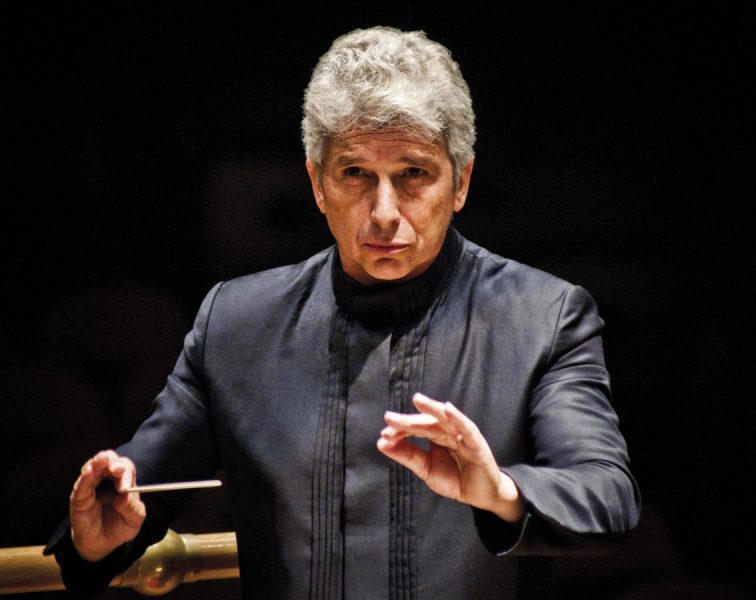@ Usher Hall, Edinburgh, on Fri 27 May 2016
The final concert of the RNSO’s 2015/2016 season, is an interesting and well-programmed mix of three bold pieces from quite different eras, presented in reverse chronological order.
The first of these is a brand new work by Lillie Harris, selected from works written during the RSNO’s very admirable Composers’ Hub project. It is exciting to have some genuinely contemporary music in the programme—and indeed some by a less established composer—played this well. The RSNO seem to thrive on new, challenging or less well-known work, and Harris’s remiscipate certainly sees them at their best.
Harris’s piece is very well written and highly effective. The string writing is particularly good, although occasionally the addition of the woodwind makes the sound somewhat too muddy: there is not always space for them in the texture. The piece builds to a controlled but exhilarating climax, which it could easily end on: its coda is, perhaps, not required. However, these are all minor points and this is by far the most enjoyable and convincingly played work of the evening.
Richard Strauss’ Four Last Songs also benefits from the RSNO’s excellent string playing. It is a little bit of a trudge and doesn’t quite deliver the full-on German romantic sound one might like, but it is very good nevertheless. Marita Sølberg has the sort of voice that does the songs justice, although occasionally (due to the acoustic) she doesn’t quite get heard over the orchestra. The final chord at the end of the 3rd song might be poorly executed, but the muted brass at the end of the 4th song hit their mark flawlessly, helping to deliver a perfect ending to the cycle.
Beethoven’s 9th symphony, which ends the programme and thus the season, is one of those works that everyone feels they know well, but is still able to yield many surprises on each hearing: although nearly 200 years old, it nevertheless maintains much of its original shock value.
It is the RSNO chorus who really stand out here. Singing from memory, they have a powerful, tight and responsive sound. On the other hand, particularly in comparison to more historically informed performances, the orchestra do sound a little heavy in places, especially within the Usher Hall acoustic: much of this symphony would benefit from a lighter touch. However despite this, it is certainly a great choice of work as the finale to the RSNO’s season, and comes off pretty well in the end. And how many chances does one get to hear an alto trombone after all?
All in all, this is a well-rounded end to a well-rounded season from the RSNO.
